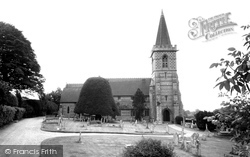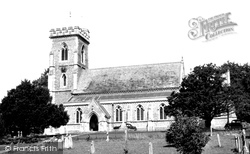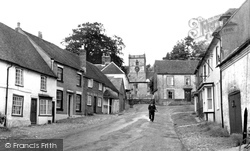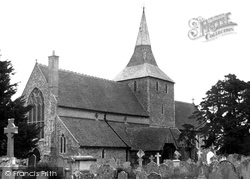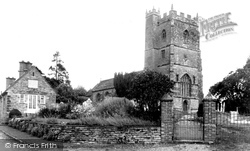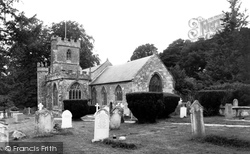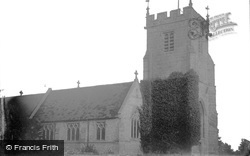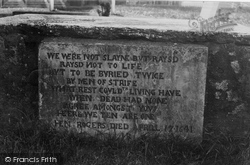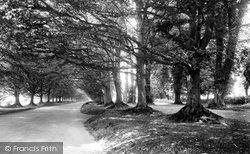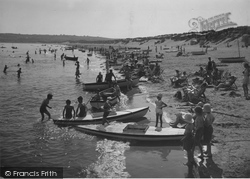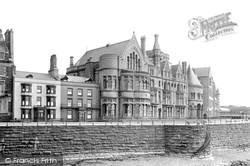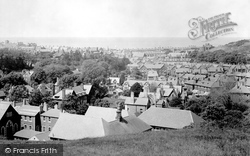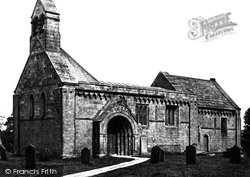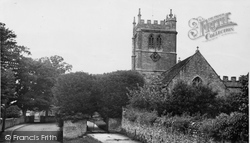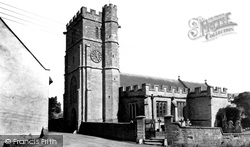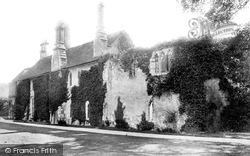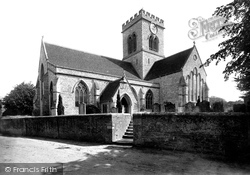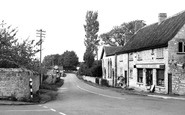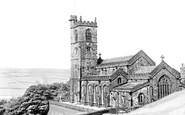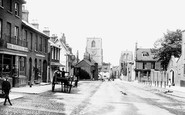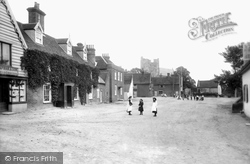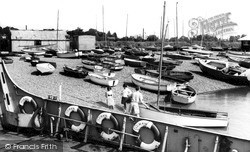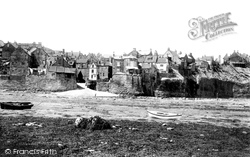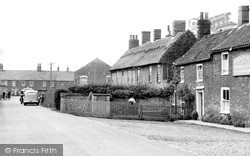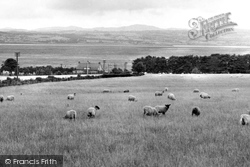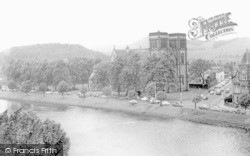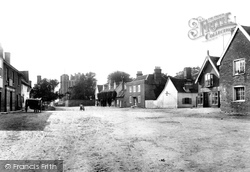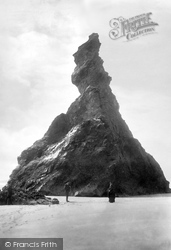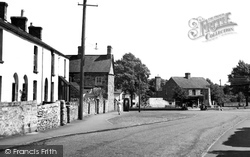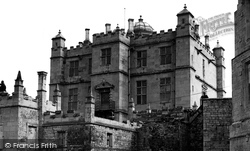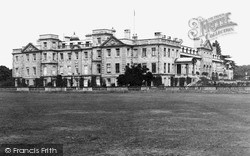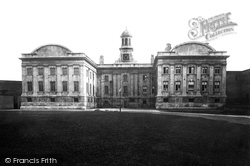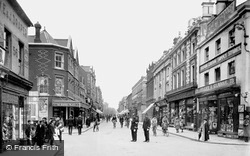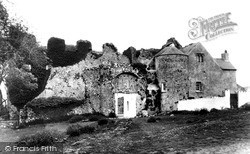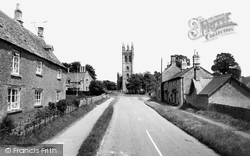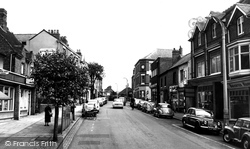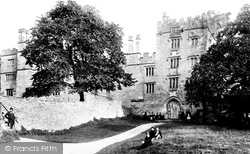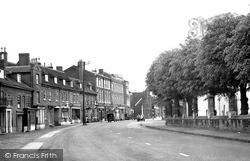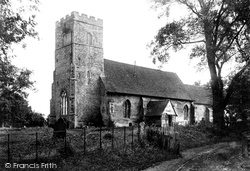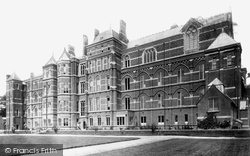Places
36 places found.
Those places high-lighted have photos. All locations may have maps, books and memories.
- Shanklin, Isle of Wight
- Ventnor, Isle of Wight
- Ryde, Isle of Wight
- Cowes, Isle of Wight
- Sandown, Isle of Wight
- Port of Ness, Western Isles
- London, Greater London
- Cambridge, Cambridgeshire
- Dublin, Republic of Ireland
- Killarney, Republic of Ireland
- Douglas, Isle of Man
- Plymouth, Devon
- Newport, Isle of Wight
- Southwold, Suffolk
- Bristol, Avon
- Lowestoft, Suffolk
- Cromer, Norfolk
- Edinburgh, Lothian
- Maldon, Essex
- Clacton-On-Sea, Essex
- Felixstowe, Suffolk
- Norwich, Norfolk
- Hitchin, Hertfordshire
- Stevenage, Hertfordshire
- Colchester, Essex
- Nottingham, Nottinghamshire
- Bedford, Bedfordshire
- Bury St Edmunds, Suffolk
- Aldeburgh, Suffolk
- St Albans, Hertfordshire
- Hunstanton, Norfolk
- Chelmsford, Essex
- Bishop's Stortford, Hertfordshire
- Peterborough, Cambridgeshire
- Brentwood, Essex
- Glengarriff, Republic of Ireland
Photos
9,107 photos found. Showing results 1 to 20.
Maps
181,006 maps found.
Memories
29,074 memories found. Showing results 1 to 10.
The Taylors Of Well Street
My father was Arthur Marsden Taylor born in Elton 1896, he had two brothers William (1900) and Benjamin Aaron (1890), their mother was Sarah Ann Taylor (no father named), and her mother I believe Elizabeth Taylor, daughter of ...Read more
A memory of Elton in 1890 by
Mathers Of Kniveton
My grandad was Thomas Richard Mather (b 1890) he married Emma Ann Twigg (b 1890 Parwich). His mother kept the Post Office at Kniveton and was a dressmaker, Esther Mather. His brothers were blacksmiths and wheelwrights. His ...Read more
A memory of Kniveton by
Evacuation To Woolavington
My family (name of Marsh) evacuated to Woolavington to escape the continual bombing of London. We lived in 2, Church Street and my aunt and her family lived in No 1. At the vicarage, which I believe was just over the ...Read more
A memory of Woolavington in 1940 by
Whitewebbs Lake And Second Woods
Wonderful walks from Clay Hill, past the golf course and on over the bridge on the stream and up through the woods. Little children with their mothers clutching bags of bread to feed the ducks and swans on the lake. An ...Read more
A memory of Enfield in 1950 by
Whit Tuesday Walk And Yetton Rant
All of us who attended Kirkheaton Church and Sunday School looked forward to the Whit Tuesday Walk around the village behind the Grange Moor Band. We would all contribute cakes or sandwiches for tea, to be eaten in ...Read more
A memory of Kirkheaton in 1958 by
Learning To Bell Ring
I learned to bell ring with Brian Heginbottom in the 50s. After many years of the bells not ringing we were able to repair the the bell room and the bells and rang for the millennium, they are now rang every Sunday, they have a ...Read more
A memory of Whitworth in 1952 by
Rainbow Trout
Now a resident of Australia, I still have fond memories of catching a train to Kildale as a 13 year old and walking over the moors, and later, cycling from Thornaby through Commondale and back home. I remember laying down near a stream ...Read more
A memory of Kildale in 1963 by
School Days
First school London Road Infants, a short time in Scotland and then the Church Infants, each school day walking from Theatre Street (two doors up from 'The Cherry Tree') through the market place and down Church Street. I moved on to the ...Read more
A memory of Dereham in 1940 by
First Trip To Fathers Hometown
My father Leslie Edgar Simpson Smith was born in Askam-In-Furness at Greenscoe Cottages in 1902 and he passed away in Canada in 2003. My grandfather William Smith was also born in Askam in the Vulcan Hotel which ...Read more
A memory of Askam in Furness by
East Terrace
I used to live in #1 when I was about 6 years old and have memories of climbing out of a window and sitting on the roof and looking out to sea. I also used to cycle off to school each day along this street. My father was in ...Read more
A memory of Budleigh Salterton in 1948 by
Your search returned a large number of results. Please try to refine your search further.
View More MemoriesCaptions
29,158 captions found. Showing results 1 to 24.
Henry II's great 12th century keep stands sentinel over Orford, built to guard the coast where Flemish mercenaries were brought ashore by the Earl of Norfolk, whose castles far out-numbered
In the far distance, across the river, are some of the defence installations built on Orford Ness during World War I.
The house with the two dormer windows in the roof on the left used to be The Stanley Arms, one of two hostelries that once refreshed the village.
Here the shingle beach is thick with pleasure sailing boats of various types and sizes. The two girls seem reluctant to help their father with the boat.
The Bay itself sweeps around from Ness Point in the north to the 600ft high cliffs of Ravenscar, at the other end.
Winterton Ness was one of the most dangerous points along the English coast, and many ships have been lost here.
Taken just south of Neston, this photograph shows the view across the Dee estuary towards Wales. Even today, only forty years after this picture was taken, the estuary has become much more silted up.
This cathedral church, in its exquisite setting alongside the River Ness, owes its existence to an Englishman, Robert Eden, who became Bishop of Moray and Ross in the 1850s.
This view of the deserted village square shows the castle in the distance and Ye Old White Hart Inn, the white-walled building on the right.
Many of the sea stacks and islands at Bedruthan have names, and Queen Bess is the best known of them. It may be said that the upper part shows a remarkable likeness to the profile of Queen Victoria.
Free from traffic and flanked by the old cottages, this post-war scene evokes an essence of earlier village days.
It was built by Sir Charles Cavendish, who is said to have inherited his love of building from his mother, Bess of Hardwick.
The inn is 16th-century, but the origin of the name is obscure. Some say that this was the country home of the Spanish Ambassador, while others say that the pub landlords were two Spanish brothers.
This vast and architecturally complex mansion is on the site of an abbey founded in 1153, of which fragments remain.
Turpin was executed at York on 10 April 1733.
The photographer stood at the northern end of the High Street for this picture. To modern eyes the phalanx of cyclists and two visible policemen lend an essence of quaintness.
A large manor house was built within the remains of the old castle in 1541, incorporating some of the original curtain wall, the gatehouse and the great tower.
Just south of Chipping Norton is the handsome church tower of the appropriately-named village of Churchill; the tower is a copy of the tower at Magdalen College, Oxford.
Many plotland homes were redolent with a pride of ownership that was impossible to replicate in the mass of new neighbourhoods.
A collection of almost classic cars parked on both sides of the street issues a warning of things to come in the small towns around Leicestershire.
Haddon Hall survives as one of the finest examples of a 16th and 17th century residence owing to the fact that when the Duke of Rutland abandoned it in favour of Belvoir Castle in 1700, it was not allowed
The date of this photograph is the year in which the Duke of Bedford opened Woburn Abbey to visitors in the commercial sense.
The nave of All Saints' Church is Norman, with later windows of c1300. Only the chancel is now used for worship; the rest of the building is in the care of the Redundant Churches Fund.
The gardens of many of these erstwhile charitable foundations are havens of peace and tranquillity, away from the bustle of the city.
Places (6814)
Photos (9107)
Memories (29074)
Books (11)
Maps (181006)




